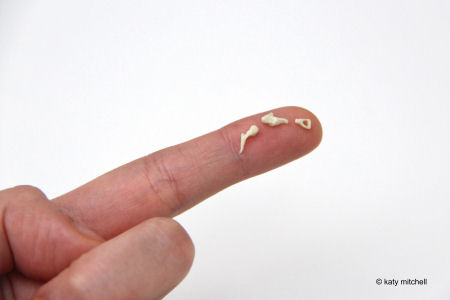Understanding Hearing Loss
|
|
Conductive hearing loss
A conductive hearing loss occurs when sound is unable to effectively pass through the outer and middle ear to the inner ear. Conductive losses can be temporary or permanent and are usually mild or moderate. Glue Ear is the most common conductive hearing loss in children. This animation explains how we hear and illustrates how the middle ear can become filled with fluid as a result of Eustachian tube dysfunction. The NHS website provides information about glue ear and an animation that explains what glue ear is, what causes it and how it is treated.
The bones of the middle ear (ossicles) are the smallest bones in the human body. A build-up of fluid behind the eardrum means that they are not able to transmit sound effectively to the inner ear.
Glue ear is a build up of fluid in the middle ear, an air filled cavity between the eardrum and the inner ear. The medical term for the condition is Otitis Media with Effusion. When the fluid is accompanied by an ear infection it is called Acute Otitis Media. It is very common for young children to get congestion in their ears, but this is usually a temporary condition which they grow out of fairly quickly. If the congestion is persistent and causing a hearing loss, it is known as glue ear.
In adults, the Eustachian tube develops and becomes wider with a steeper angle. In children however, the Eustachian tube is narrower and more horizontal, so it does not drain as effectively as in adults. If the Eustachian tube closes, fresh air can no longer reach the middle ear and the pressure falls. The lining of the middle ear secretes a fluid, which can be thin and watery or a thicker glue-like substance.
Hearing to Succeed and Achieve is a booklet for families and early years practitioners. It explains the cause of glue ear and ways to help.
A booklet about Glue Ear has been produced by the National Deaf Children’s Society (NDCS)
Glue Ear Together works with families, education and health, to provide clear, up-to-date information that promotes positive outcomes for children with glue ear. A conductive hearing loss could be caused excessive wax, a damaged ear drum or related to the structure of the middle or outer ear. The inner ear can function normally with a purely conductive hearing loss. Mixed Loss
References Ewing Foundation (2023) Hearing to Succeed and Achieve NDCS (2021) 'Glue Ear' a Guide for Parents
|









